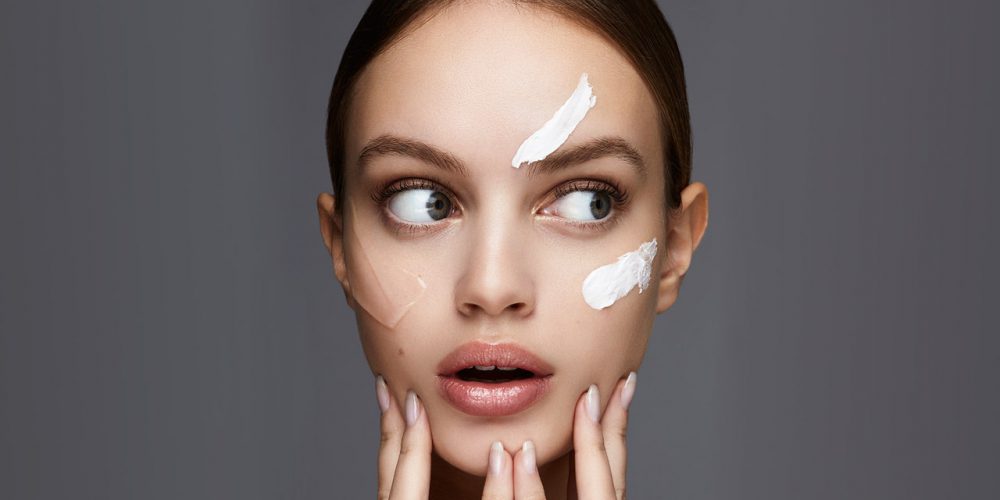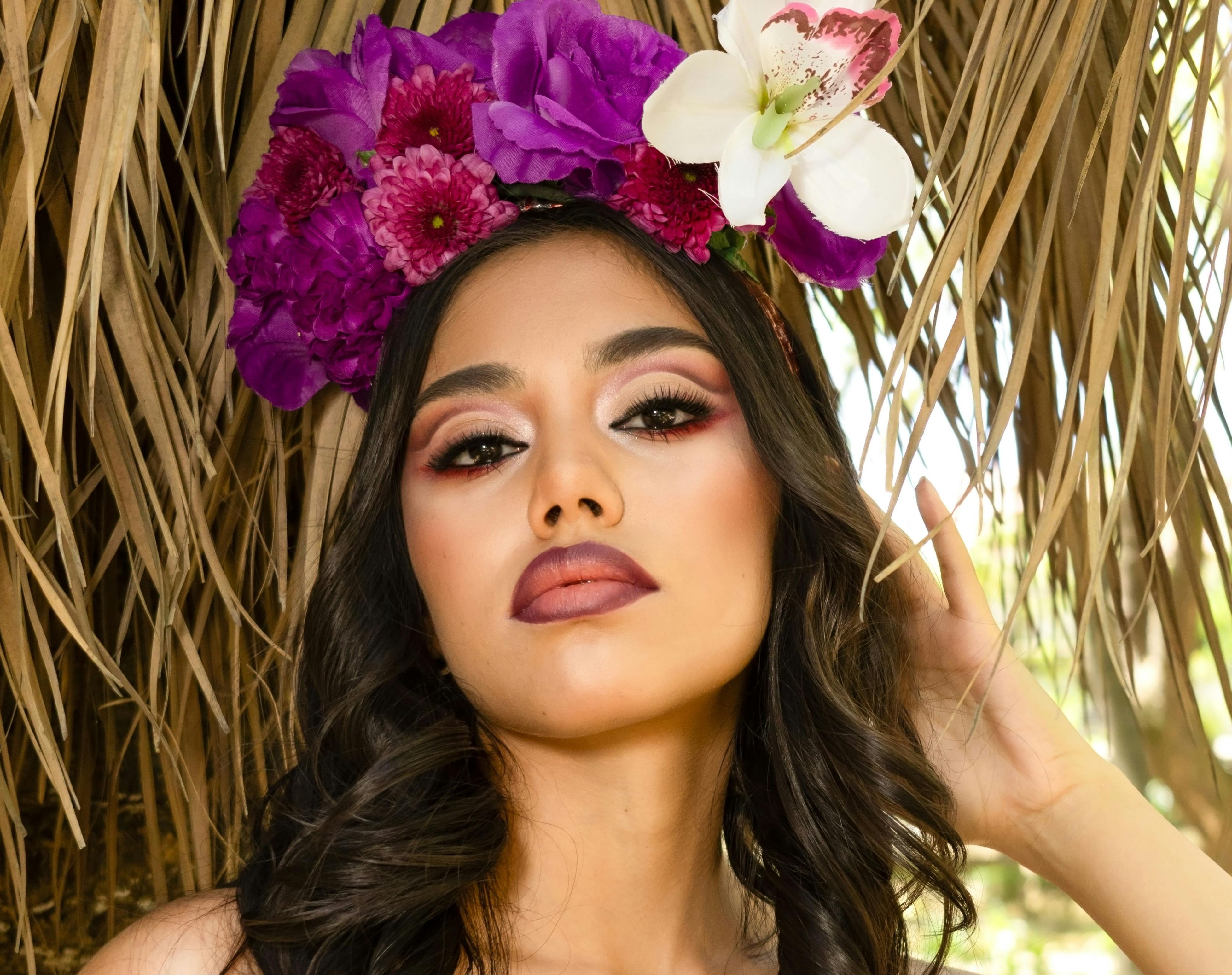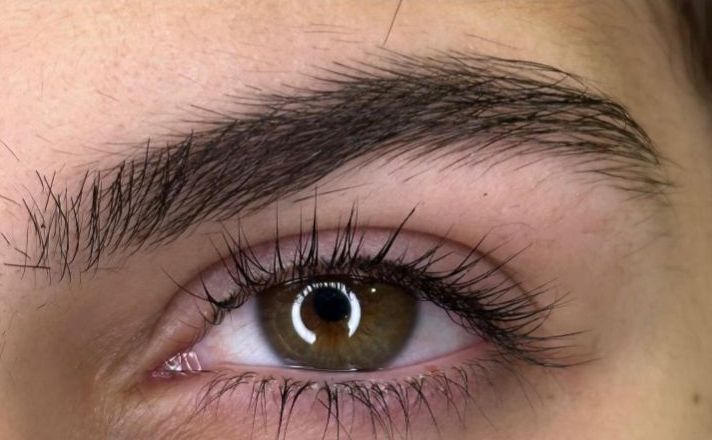Applying a primer is one of the ways to create flawless and long-wear makeup so it’s surprpsing that most women don’t use it before foundation. We guess there are two popular reasons: they don’t know how to choose one and how to use it the right way. Read a guide that solves both problems.
The art of makeup seems complicated when you think of the tons of different products and numerous stages it consists of. That’s why we give up on some of them on a daily basis. Skipping a highlighter doesn’t do much harm but doing so with a primer is a mistake because it extends the life of our makeup.
What does a makeup primer do?
Makeup primer, aka makeup base, is a product you apply to skin to minimize the skin’s contact with foundation, making your makeup last even for up to 12 hours longer.
There’s more than a primer has to offer, though. A good base helps distribute makeup products evenly across the face, evens out the skin tone and adds smoothness. Depending on a product type, a primer mattifies oily skin or boosts radiance in a dull face. If it additionally hydrates and nourishes skin, you can call it a skin-conditioning primer.
Types of makeup primers
Since we know the benefits and effects, we can move on to shopping for the right primer. This isn’t easy because there are different types: silicone or oil-based primers, light or heavy, etc.
1. Silicone makeup primer
This is definitely one of the most popular types. As the name suggests, it is based on silicones, or strongly occlusive substances which form a non-porous layer separating skin from makeup. Silicones can’t be washed out with water alone so you need the right remover e.g. oils or dual-phase removers (it’s easiest to remove silicones with other oily substances).
2. Oil makeup primer
Lightweight natural vegetable oils like raspberry seed oil, linseed oil, argan oil, sweet almond oil or rose oil (not essential!) are perfect makeup primers. The great thing is they don’t only give you longer-lasting makeup but also prevent loss of hydration, nourish and revitalize the skin. Plus, you can use them solo or mix oil with foundation before application.
3. Glycerin makeup primer
If your skin is dry and dull, then a glycerin primer is suitable. Unfortunately it’s less popular than silicone primers so you need to do some research. Glycerin binds water and holds it in skin so it boosts hydration as early as at the stage of priming skin for makeup.
You can also try gel base or primers based on talc, aluminum or boron nitride which make open pores less noticeable and give a matte effect.
Actually, anything you like can be a makeup primer: vegetable oil, moisturizer, toner or face mist. They all condition, smooth, protect and prime skin for makeup.
How to use a makeup primer?
The application of a makeup base is nothing hard and it’s always the same no matter the product type. You always need to prep the skin well (deep cleansing, mild exfoliation from time to time) and apply a small amount of the base. The rule is simple: the smaller the amount, the better the effect (it’s easier to add some than take it off). After spreading the primer gently and patting it on the face, wait for a few seconds and apply makeup.










Leave a Reply